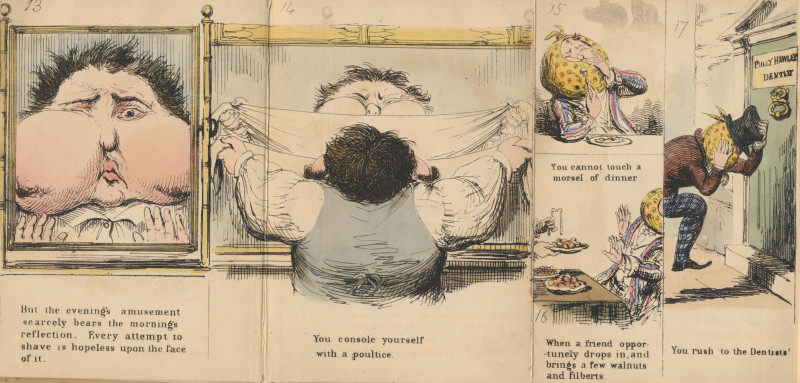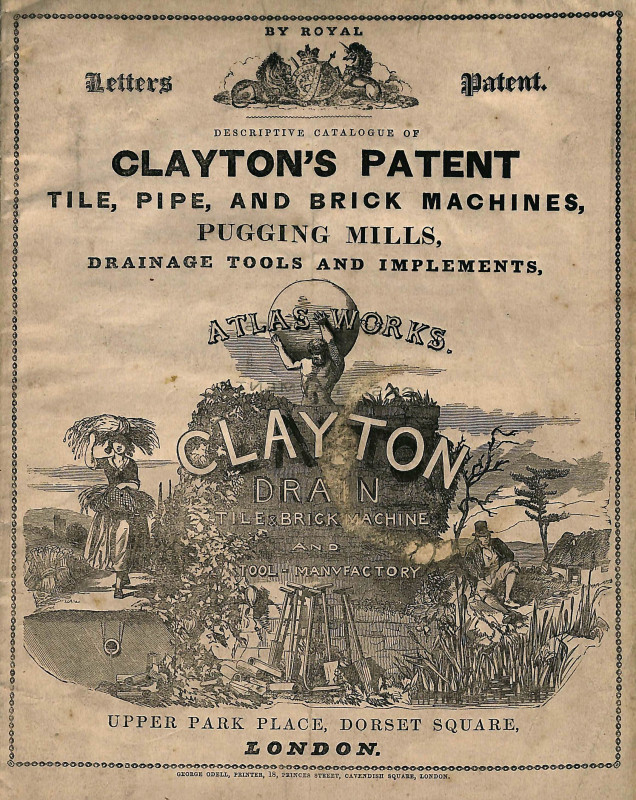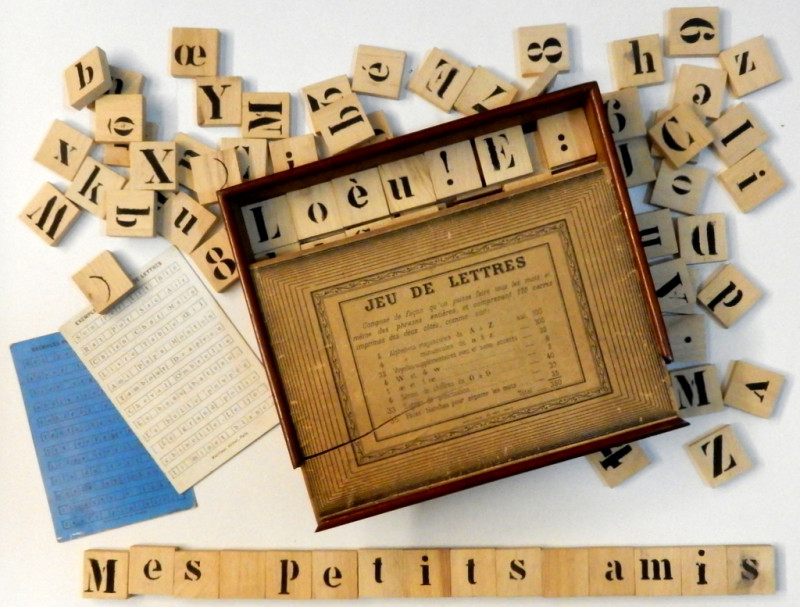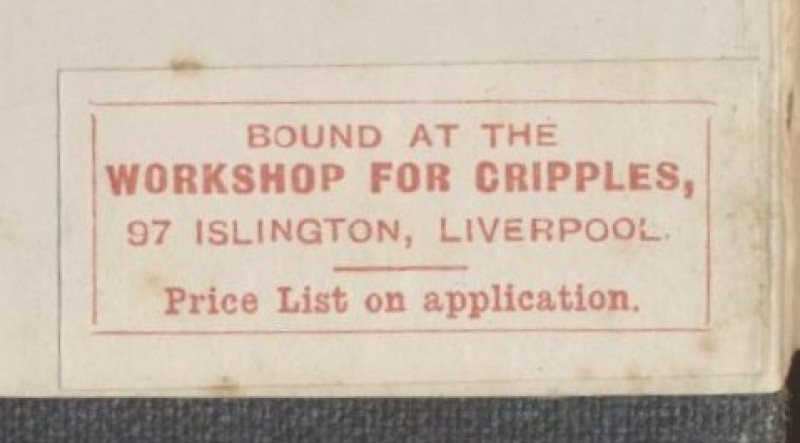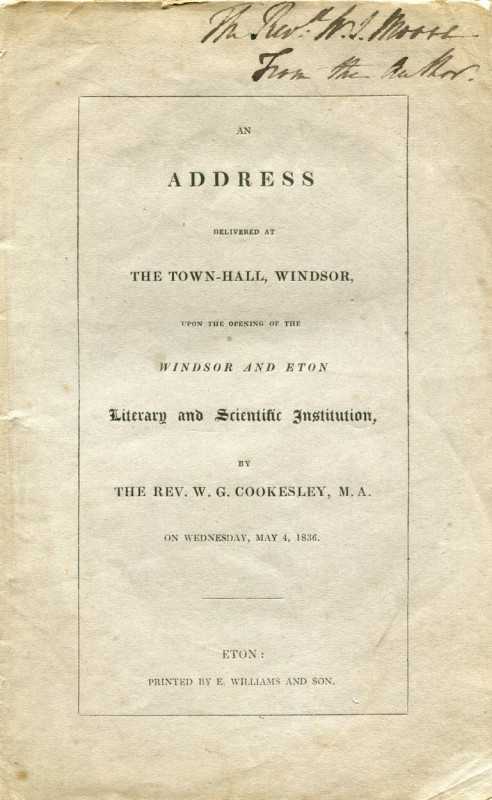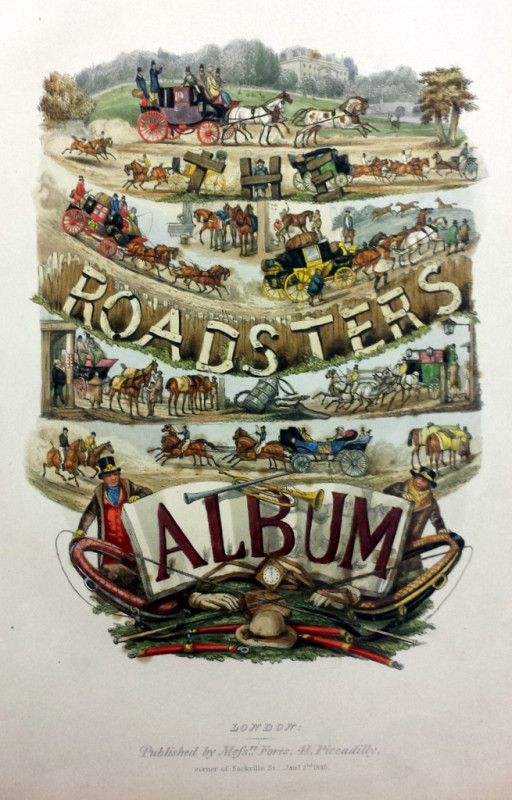THE PUBLIC EDIFICES OF THE BRITISH METROPOLIS, with Historical and descriptive Accounts of the Different Buildings:
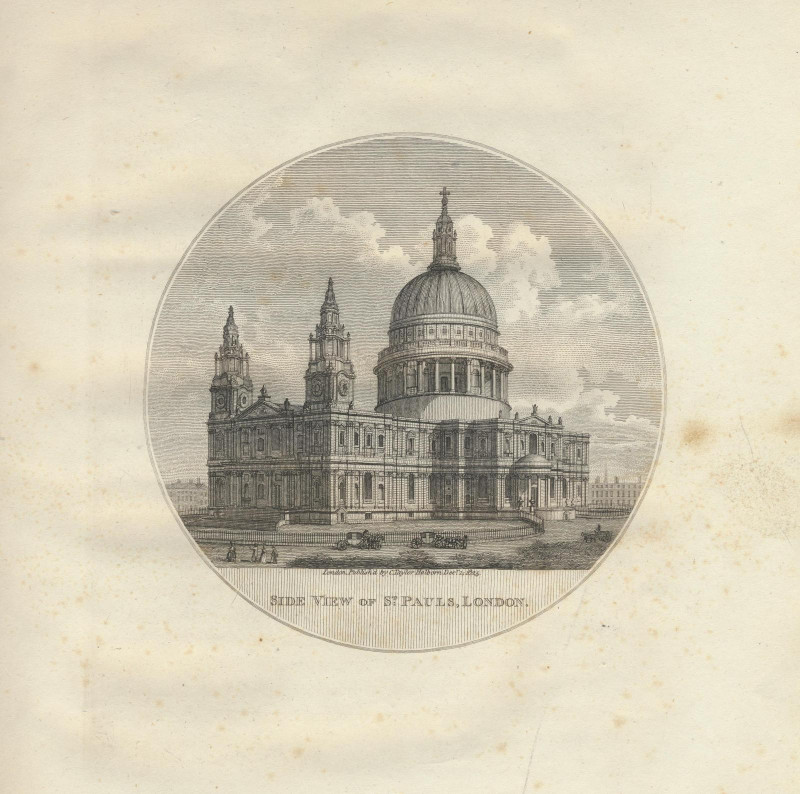
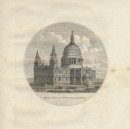
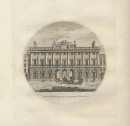
Book Description
Originally appearing in the 1790’s, in a periodical entitled The Temple of Taste, these engravings were collected together for publication in 1820 and again in 1825. Engraved by Taylor (a pupil of Bartolozzi), they are probably after originals by Thomas Girton.
‘Charles Taylor, one of the two bookseller sons of the engraver Isaac Taylor, was apprenticed to his father and studied with Bartolozzi and therefore naturally gravitated towards the publication of illustrated works, e.g. Fenelon’s Adventures of Telemachus (1792) with roundels engraved by himself, John Corbould and William Nutter. In November 1794 he launched a monthly magazine of which each Number was illustrated by two or three plates: one or two of allegorical or classical groups drawn by Samuel Shelley and stipple-engraved by Nutter in the Bartolozzi manner and one line-engraving of a London building: “The Temple of Taste comprising, Elegant, Historical Engravings; also, Views of the Principal Buildings in London; also, a select variety of elegant and amusing subjects with the histories and other connected information at large. By the Best Artists: Designers, and Engravers. London: Printed for C. Taylor, No 10, Holborn, near Castle Street.”
‘The London buildings were discontinued after July 1796 but by then 21 of them had been published. Like the Fenelon illustrations they were all engraved as roundels, about 125mm in diameter in a circular thread-line frame. Two centimetres above the base of the roundel the view is ruled off and in the lower segment are engraved the publication-line and the caption in voided capitals against a hatched background. In the Guildhall Library is a pen and ink sketch of the Royal Mews which follows this formula exactly, even to the precise dimensions, and there is another, of the Banqueting House, Whitehall, in the Victoria and Albert Museum (Dyce Bequest, D.721). Both are signed by Thomas Girtin, the first being apparently rejected and the second engraved.
‘On the publication of the first Number of theTemple of Taste Girton was still only 19 and had just made his debut at the Royal Academy with a water-colour of Ely Cathedral. He had escaped from his onerous apprenticeship with Edward Dayes and was living with his mother and stepfather at 2 St Martin’s-le-Grand. To a great extent he was self-trained and until his admission to the Royal Academy as a student late in 1795 he had set himself to copy architectural prints, including the aquatints of the London illustrator Thomas Malton junior, and had sketched out of doors on the shores of the Thames. To get pocket money he tinted prints, alongside the youthful J.M.W. Turner, for the engraver and printseller John Raphael Smith and eventually had drawings accepted for publication in James Walker’s highly regarded monthly, the Copper-plate Magazine. It is therefore quite within the bounds of probability that at this juncture he would welcome a commission to supply a monthly drawing of London to The Temple of Taste and that this was a source of income for him until July 1796. The engraving was probably by Taylor or one of his associates but Girton’s name, unlike that of the well-established Samuel Shelley, was still too obscure to appear as a credit on the prints.
‘Taylor continued selling the roundels as individual prints long after the magazine had ceased publication and copies survive on large wove paper watermarked 1815’ which were in demand as a change from the engraved rectangle in the extra illustration of Pennant (no 67). In 1820 he decided to collect them in a binding, adding three more plates, a printed title and a description, on both sides of 12 printed sheets, of all 24. In 1825 he dropped the three extra plates, revised the title and reduced the text to 11 sheets.’ [Adams]
Adams, 135.
Author
[GIRTON, Thomas].
Date
1825
Binding
Modern dark green half morooco over marbled boards.
Publisher
London, Published by C. Taylor, 160 Fleet Street; Sherwood, Gilbert and Piper, Paternoster Row; Simkin, Marshall and Co., Stationers’ Court: T. Hughes, Lidgate Hill, and T. Mason, Jun, Holborn. 1825.
Condition
Folio [36 x 24], 21 leaves of descriptive text each accompanied by an engraved circular plate;
Price: £1250.00
Offered by Pickering & Chatto, Antiquarian Booksellers
Friends of the PBFA
For £10 get free entry to our fairs, updates from the PBFA and more.
Please email info@pbfa.org for more information

